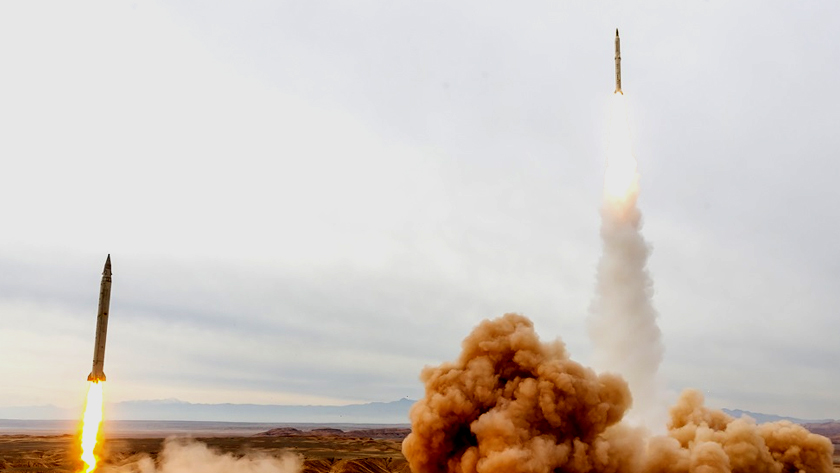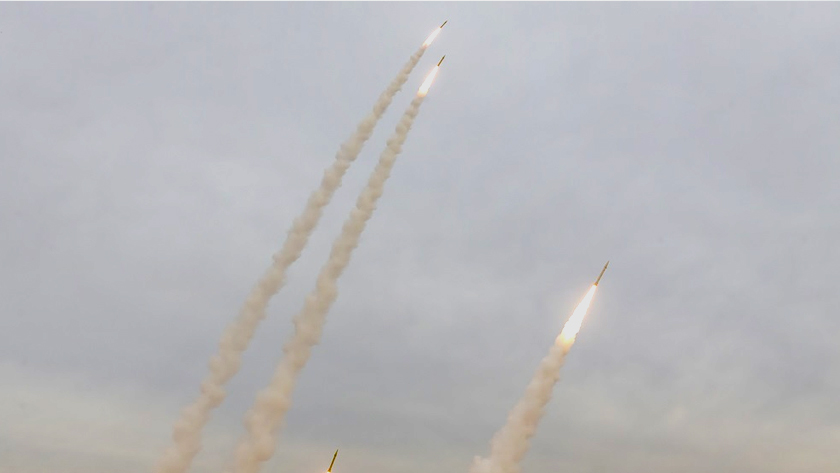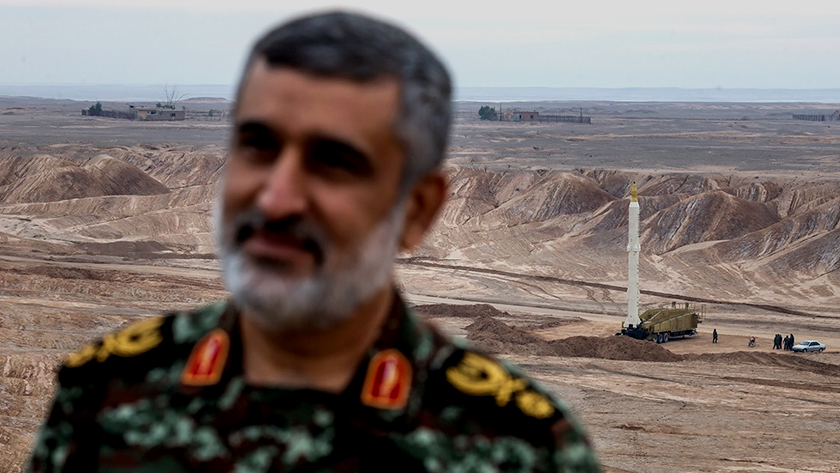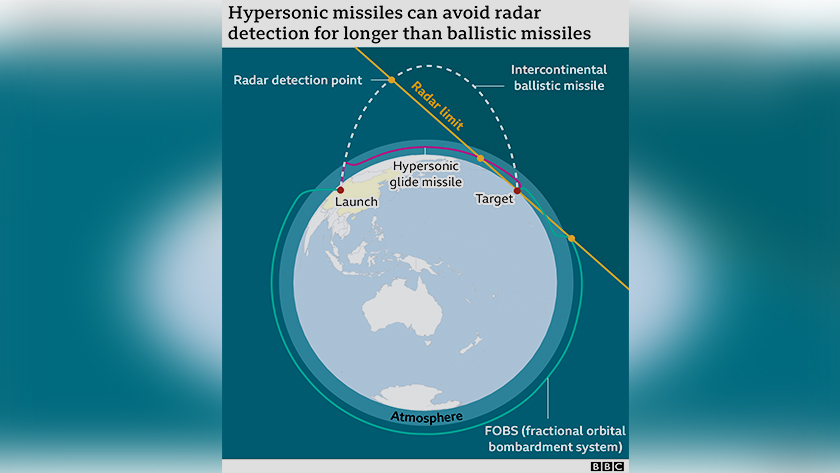Iran Press/ Commentary: Enjoying the largest and most diverse ballistic missile arsenal in the Middle East, Iran's Islamic Revolution Guards Corps (IRGC) launched a retaliatory attack on US-run Ain al-Assad airbase in Iraq last year back in In January 2020.
The attack, conducted days after the US military assassinated the then commander of Iran's Quds Force, Lieutenant General Qassem Soleimani in Baghdad, used precision-guided ballistic missiles and hit its targets successfully.
Iran's indigenous Fateh-110 family of solid-fuel missiles have achieved the precision needed to destroy military and critical infrastructure targets reliably, as demonstrated during its January 2020 attack against US forces using Zolfaghar missiles.
Related News:
IRGC hits US Ain Al-Assad airbase in Iraq with tens of missiles
Reacting to the attack, the Commander of US Central Command General Kenneth McKenzie acknowledged the significant progress that Tehran has achieved in its ballistic missile capabilities in recent years, saying Iran's precision-guided missile attack on Ain al-Assad is proof of the advancement.
"The one thing the Iranians have done over the last three to five years is they built a very capable ballistic missile platform," General McKenzie told TIME magazine.

Related News:
Iran warns of any possible Israeli adventure: Commander
Israel's feedback
In another development, the IRGC showcased its power in ballistic missiles in its recent massive joint military exercises by launching 16 ballistic missiles of different classes simultaneously and said the drills carried "a stark warning" to Israel.
The drills sought to showcase the maneuverability of solid fuel missiles to cross enemy shields and simultaneous strikes and to improve the combat readiness of the IRGC's forces.
On the final day of the large-scale exercise, dubbed Great Prophet 17, the IRGC Aerospace Force launched a simultaneous operation and destroyed the intended targets using both offensive drones and long-range, medium-range, and short-range ballistic missiles.
"All missiles and drones hit the specified targets precisely," the Commander of the IRGC Aerospace Force Brigadier General Amir-Ali Hajizadeh said on the sidelines of the drills, referring to the firing of Emad, Ghadr, Sejjil, Zelzal, and Zolfaghar ballistic missiles.
Related News:
New footage shows IRGC's ballistic missiles hitting targets with pinpoint accuracy
Chairman of the Chiefs of Staff of the Iranian Armed Forces Major General Mohammad Bagheri said the drills are aimed at giving an appropriate response to the Israeli regime's latest empty threats.
 Ghadr and Sejjil ballistic missiles
Ghadr and Sejjil ballistic missiles
Related News:
Israeli expert acknowledges Iran's missile power
Before the drills, Israeli officials had increased threats against Iran, especially over the ongoing negotiations in Vienna to revive the 2015 Iran nuclear agreement, which the Israeli regime staunchly opposes.
The regime in Tel Aviv also threatened to attack Iran, with the minister of military affairs, Benny Gantz, telling American officials that he had directed the regime's military to prepare for the possibility of a military strike against Iran's nuclear facilities.
Having witnessed Iran's missile capabilities, the Israeli regime's prime minister Naftali Bennett made a statement seen as a step back following the IRGC exercise, saying that he welcomes a "good deal" in Vienna talks.
"At the end of the day, of course there can be a good deal," Bennett told Israeli Army Radio.
Also, the IRGC spokesman Brigadier General Ramezan Sharif said: "After the exercise, the Zionists' prime minister officially ordered their military figures not to talk about Iran at all."
 Zelzal, and Zolfaghar ballistic missiles
Zelzal, and Zolfaghar ballistic missiles
Related News:
Iran to unveil strategic missile soon; maybe a 'hypersonic'?
Does Iran possess hypersonic missiles?
The commander of the IRGC Aerospace Force says the Iran-made ballistic missiles have become capable of maneuvering, making it almost impossible to intercept them.

On the sidelines of the Great Prophet 17 drills, Brigadier General Amir-Ali Hajizadeh highlighted the comprehensive 360-degree attack and maneuverability of ballistic missiles and said that directing ballistic missiles and making them maneuverable was a feature developed by the Iranian specialists, which made the work for the enemy very difficult.
By mastering the technology, enemies can no longer predict from which side they will be attacked even if they spend hundreds of billions of dollars, General Hajizadeh explained.
The statement by Iran's top general on achieving the maneuvering capability in ballistic missiles, along with his new announcement on Monday that Iran will soon unveil a new strategic missile, suggests that the new unveiling may be a missile with 'hypersonic technology.'

Hypersonic weapons technology is at the heart of a new arms race between the US, China, and Russia, which are all competing to develop the most effective long-range hypersonic missiles. According to a recent report, North Korea has also successfully tested a hypersonic missile on January 5, 2022, the country's second reported test of a hypersonic missile.
These countries are showing great interest in developing hypersonic missile technology because the advanced weapon systems are capable of long-distance attacks without being detected by defense systems such as radar and missile shields. Moreover, hypersonic missiles can travel at a speed of more than 3,850 miles per hour.

Should Iran possess the hypersonic missile technology, it will be a game-changer that will stun all countries around the world, a new element of strong deterrence that will further cement its defensive power in a region that has experienced all kinds of wars and invasions.
Iran's ballistic missile systems, supplemented by cruise missiles and UAVs, and now the technology, are intended for deterrence but can be used for battle, complimented by asymmetric warfare tactics.
Iran's defensive doctrine is based on what doctors say; just as prevention is better than cure, deterrence comes before the defense.
By: Mojtaba Darabi
214
Read More:
IRGC wraps up joint drills after successful launching of 16 ballistic missiles
New footage of IRGC's simultaneous launching of 16 ballistic missiles
Dezful ballistic missile, a symbol of intelligence, accuracy in Iran's missile arsenal
'Emad': Iran's most accurate long-range missile
Soumar؛ Iran’s first ground cruise missile
Qadr missile; symbol of achieving new missile capabilities
Fakour air-to-air missile; result of Iranian creativity
Zolfaqar ballistic missile; symbol of speed, precision in hitting target

